+86-159 9860 6917
info@geofantex.com
geofantex@gmail.com
+86-400-8266163-44899
Geonets are an essential component in various engineering and environmental applications. In this article, we delve into the composition of geonets, their properties, manufacturing processes, and primary functions.
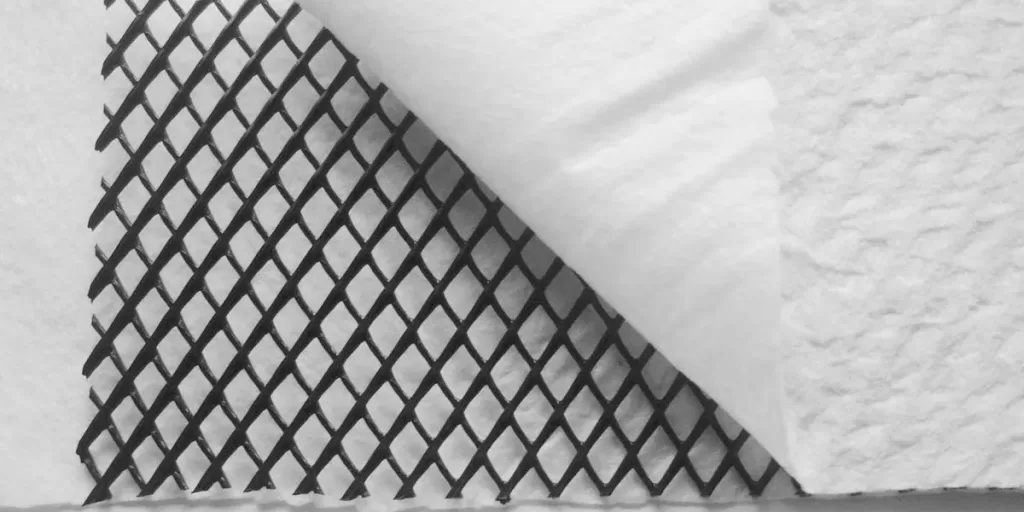
What is a Geonet?
A geonet is a type of geosynthetic material made from high-density polyethylene (HDPE) or other polymers, designed to provide drainage in geotechnical and civil engineering projects. It consists of a net-like structure—typically made from two or three sets of intersecting polymer strands—forming an open, porous network that allows liquids or gases to flow through it.
Key Functions of Geonets:
- Drainage: Channels water or other fluids laterally within soil or layered systems.
- Filtration (when combined with geotextiles): Prevents soil particles from clogging the drainage path.
- Protection: Often used with geomembranes in landfills or containment systems to prevent punctures and assist with fluid movement.
Common Applications:
- Landfills (leachate collection and gas venting systems)
- Retaining walls (behind walls to drain water and reduce hydrostatic pressure)
- Roads and highways
- Tunnels and embankments
- Green roofs and landscape drainage
Variants:
- Biplanar geonets: Two intersecting strands forming a grid, the most common type.
- Triplanar geonets: Three-layered structure with a more defined central channel for higher flow capacity.
Would you like an infographic or sample application diagram for better understanding?
What are the Properties of Geonets?
Geonets offer several important characteristics that enhance their utility across applications:
- Efficient fluid flow: Thanks to their open structure, geonets excel at draining and filtering liquids.
- Chemical and biological resilience: Geonets are often crafted from materials that resist chemicals and biological degradation, ensuring long-lasting performance.
- Sturdy and lightweight: Geonets strike a balance between durability and weight, making them easy to handle while remaining robust.
- UV durability: Some geonets are treated to withstand UV exposure, extending their lifespan.
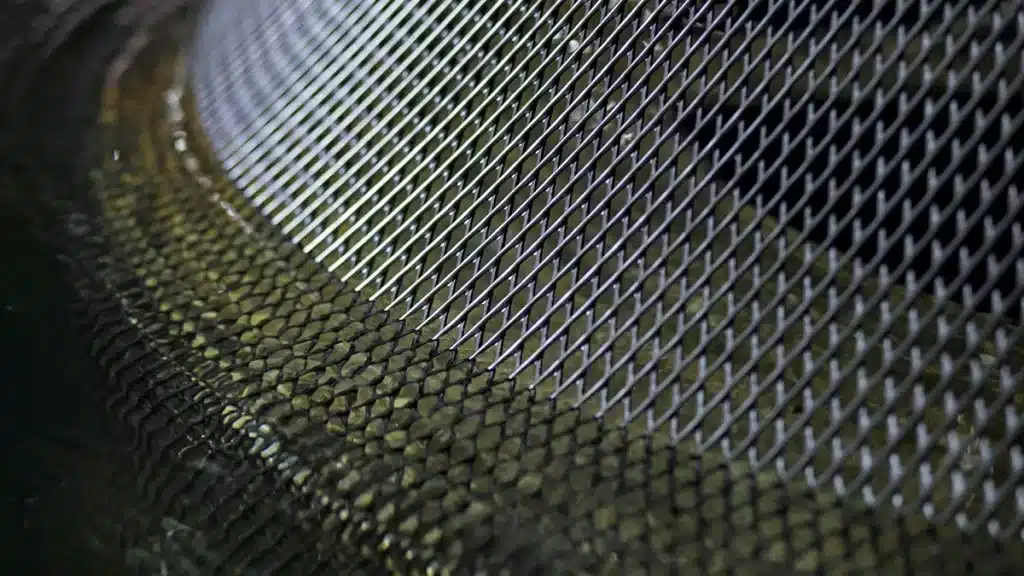
What is the Manufacturing Process of Geonets?
The geonet manufacturing process consists of the following steps:
- Material selection: Picking the right polymer material, like HDPE or polypropylene, is key in shaping the geonet’s properties.
- Extrusion: Polymer granules are melted and continuously extruded into a netlike configuration of parallel sets of homogeneously interconnected ribs.
- Welding: The stretched sheet goes through thermal welding, forming a durable network of interconnected channels.
- Quality check: The final geonet is rigorously inspected to ensure it meets the desired specifications.
What is the Main Function of Geonets?
Geonets are geosynthetic materials primarily composed of polymeric filaments that are structured in a grid-like pattern. They are designed to provide specific engineering functions, including drainage, separation, and reinforcement, in various applications.
Functions of Geonets
Drainage
- Water Management: Geonets are often used to manage water flow in civil engineering projects. They facilitate the efficient drainage of water, preventing the build-up of hydrostatic pressure behind retaining walls, landfills, and other structures.
- Filtration: By acting as a filter, geonets help in the separation of water from solid particles, maintaining the integrity of the soil structure.
Separation
- Soil Stabilization: Geonets prevent the intermixing of different soil layers, which is crucial in road construction, railways, and other infrastructure projects. This separation helps maintain soil stability and prolongs the lifespan of the construction.
- Erosion Control: In environmental protection projects, geonets are used to separate soil layers and prevent erosion, ensuring that soil and vegetation remain intact.
Reinforcement
- Load Distribution: Geonets enhance the mechanical properties of the soil by distributing loads more evenly. This reinforcement is critical in applications such as embankments, slopes, and foundations.
- Structural Support: By providing additional strength, geonets help improve the overall structural integrity of various engineering projects.
Applications of Geonets
Geotechnical Engineering
- Retaining Walls: Geonets are used in retaining wall systems to improve drainage and reduce pressure on the structure.
- Roadways and Railways: They provide stabilization and reinforcement, leading to more durable and reliable transportation infrastructure.
Environmental Protection
- Landfills: In landfill construction, geonets are used to manage leachate, preventing contamination of the surrounding environment.
- Erosion Control Projects: Geonets play a vital role in preventing soil erosion in areas prone to landslides and heavy rainfall.
Other Industries
- Mining: In mining operations, geonets are used for drainage and reinforcement of mining roads and waste containment areas.
- Agriculture: Geonets help in managing water drainage and soil stabilization in agricultural fields.
- Geonets are versatile geosynthetic materials that play a critical role in various engineering and environmental applications. Their primary functions include drainage, separation, and reinforcement, making them indispensable in geotechnical engineering, environmental protection, and other industrial sectors. By enhancing the stability, durability, and efficiency of engineering projects, geonets contribute significantly to sustainable infrastructure development.
In conclusion, geonets, made of high-quality polymers, play a vital role in managing liquids in construction, agriculture, and environmental protection. Their unique properties and manufacturing processes make them indispensable for sustainable development and the preservation of our ecosystems. Understanding the composition and functions of geonets is essential for engineers, environmentalists, and anyone interested in the interplay between technology and nature.
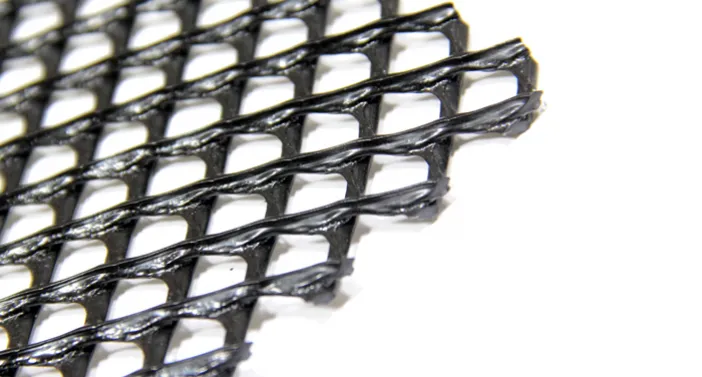
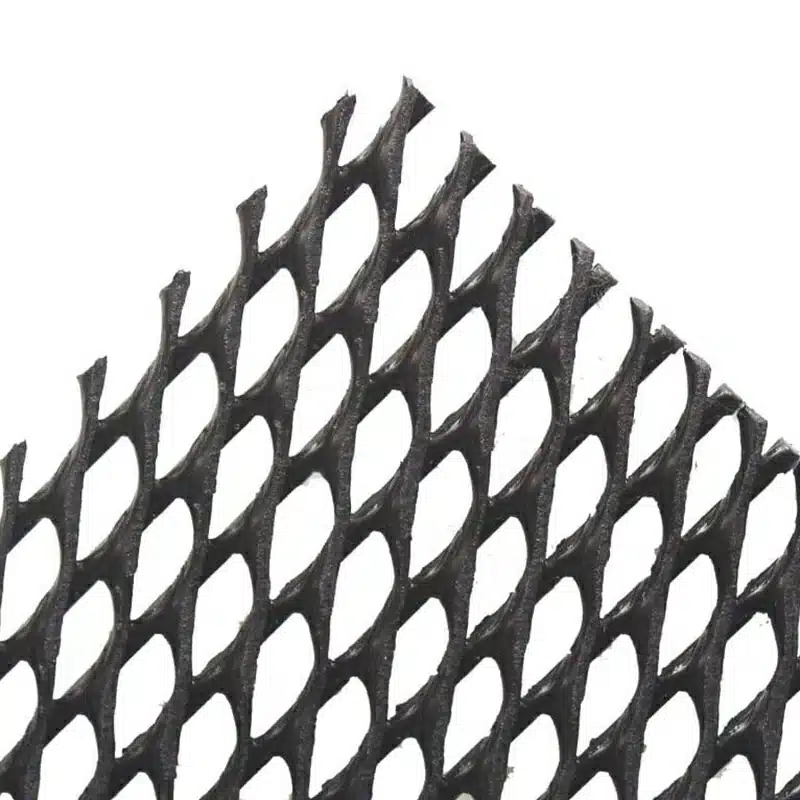
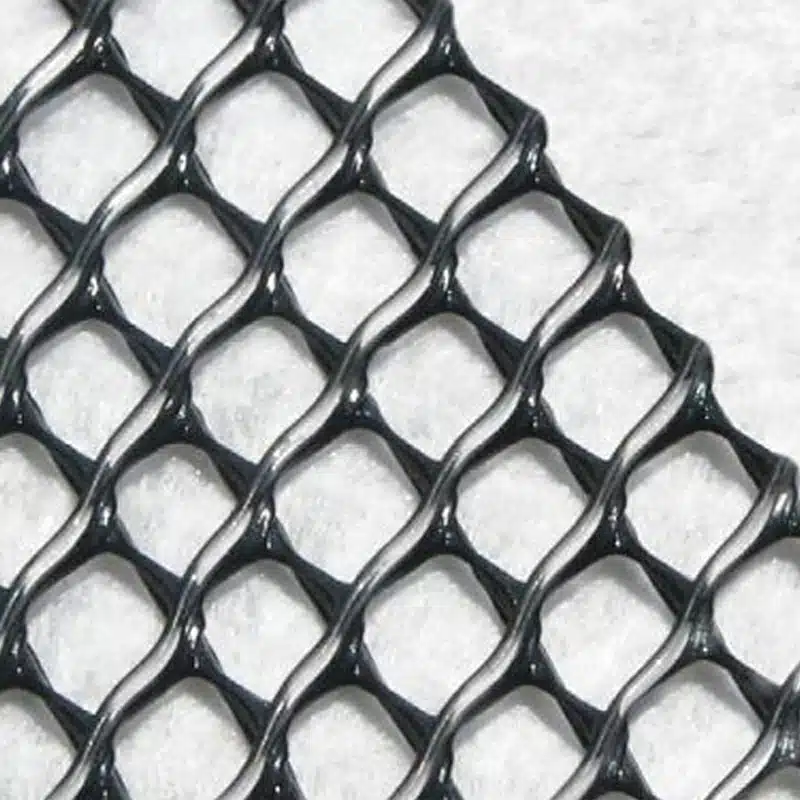
Get Free Sample
We’ll respond as soon as possible(within 12 hours)






















